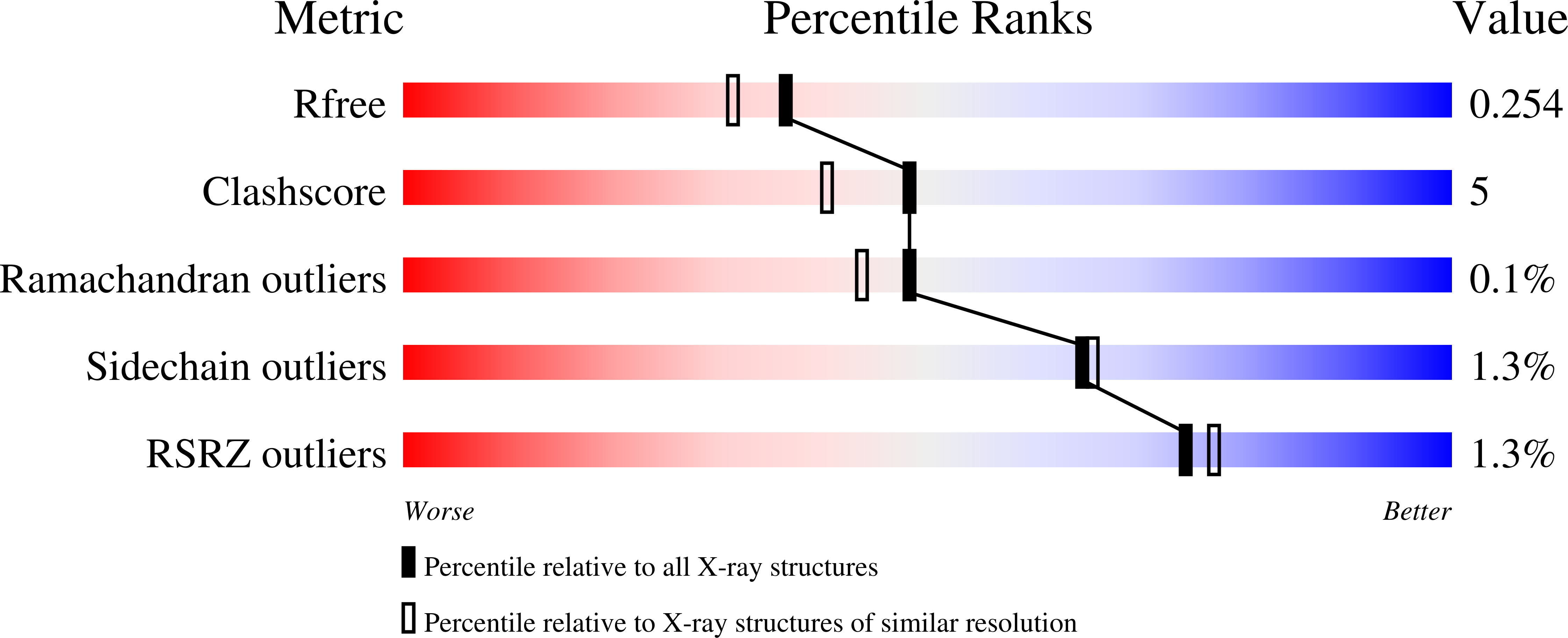
Deposition Date
2024-06-26
Release Date
2024-11-06
Last Version Date
2024-12-04
Entry Detail
PDB ID:
9FVB
Keywords:
Title:
Crystal structure of VcSiaP in complex with a VHH antibody (VHH_VcP#2)
Biological Source:
Source Organism:
Vibrio cholerae (Taxon ID: 666)
Vicugna pacos (Taxon ID: 30538)
Vicugna pacos (Taxon ID: 30538)
Host Organism:
Method Details:
Experimental Method:
Resolution:
2.05 Å
R-Value Free:
0.25
R-Value Work:
0.19
R-Value Observed:
0.19
Space Group:
C 1 2 1


